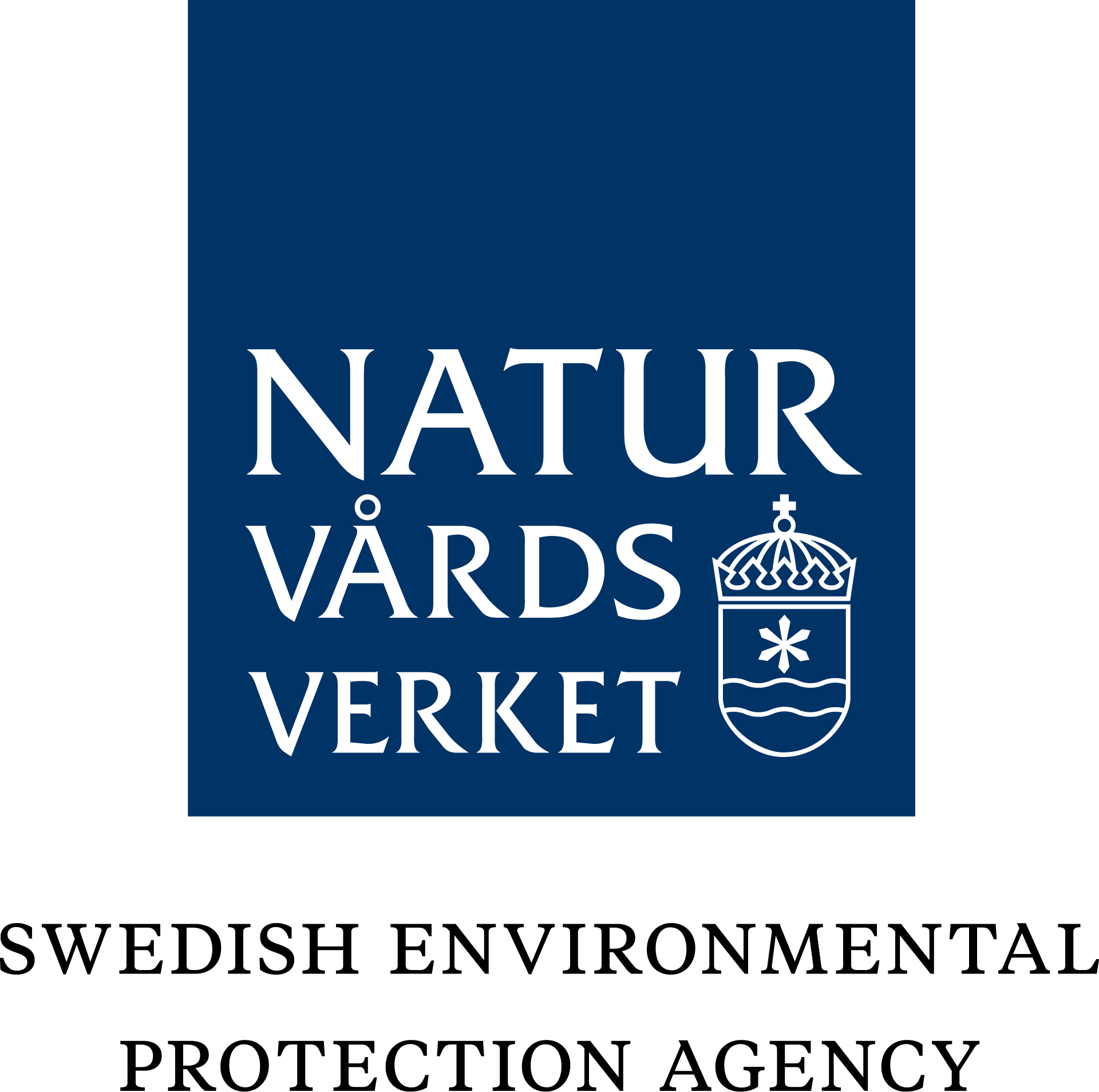Action plan for a circular economy
The transition to a circular economy will contribute to achieving the Swedish environmental goals and climate goals, as well as the global goals in Agenda 2030. This action plan is tied to the swedish strategy for circular economy.
The transition to a fossil-free and circular economy is crucial both for Sweden to achieve its environmental and climate goals and for the global the objectives of Agenda 2030, as well as to maintain business competitiveness globally. Through investments in innovation and entrepreneurship, based on circular material flows and business models, can
resources be used efficiently in non-toxic circular flows and replace virgin materials. In addition, the development of a resource-efficient, non-toxic, circular and bio-based economy can be promoted, while we strengthen the competitiveness of Swedish companies and reduce the environmental pressure on ecosystems.
The strategy contains more than a hundred measures and it targets both production, consumption, hazardous substances and innovation. There are four focus areas:
1. A circular economy through sustainable production and product design.
2. A circular economy through sustainable ways of consuming and using materials, products and services.
3. A circular economy through toxin-free and circular ecocycles.
4. A circular economy as a driving force for the business sector and other actors through measures to promote innovation and circular business models.
There are also six prioritized material streams in the strategy:
• Plastic
• Textiles
• Food
• Renewable and bio-based raw materials
• Construction and real estate sector
• Innovation critical metals and minerals.
External source(s)
Image

Naturvårdsverket

